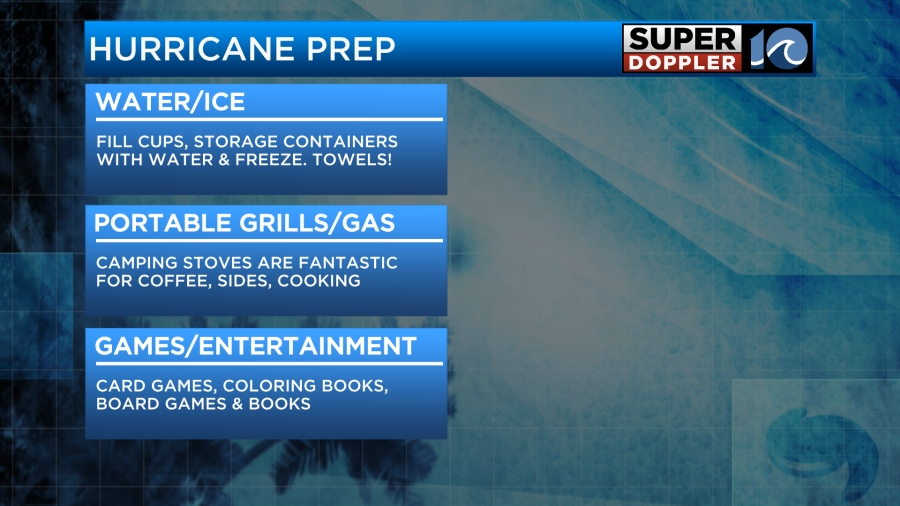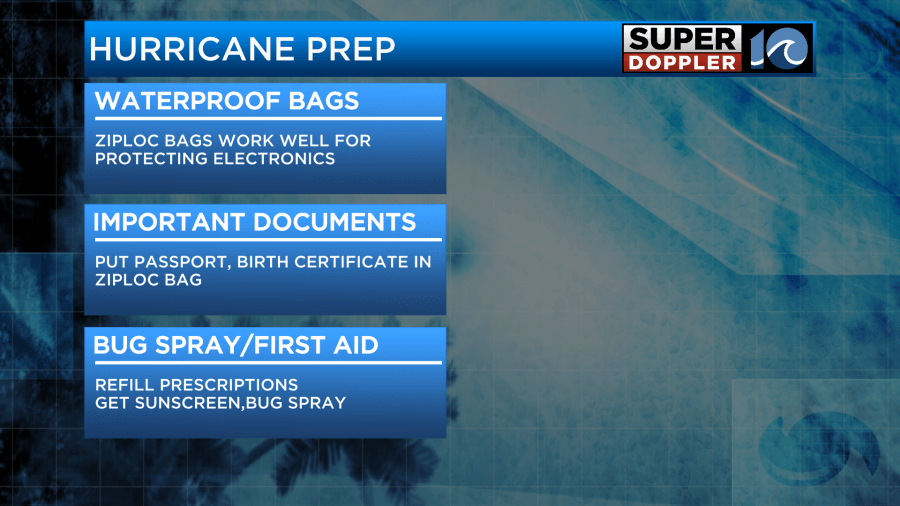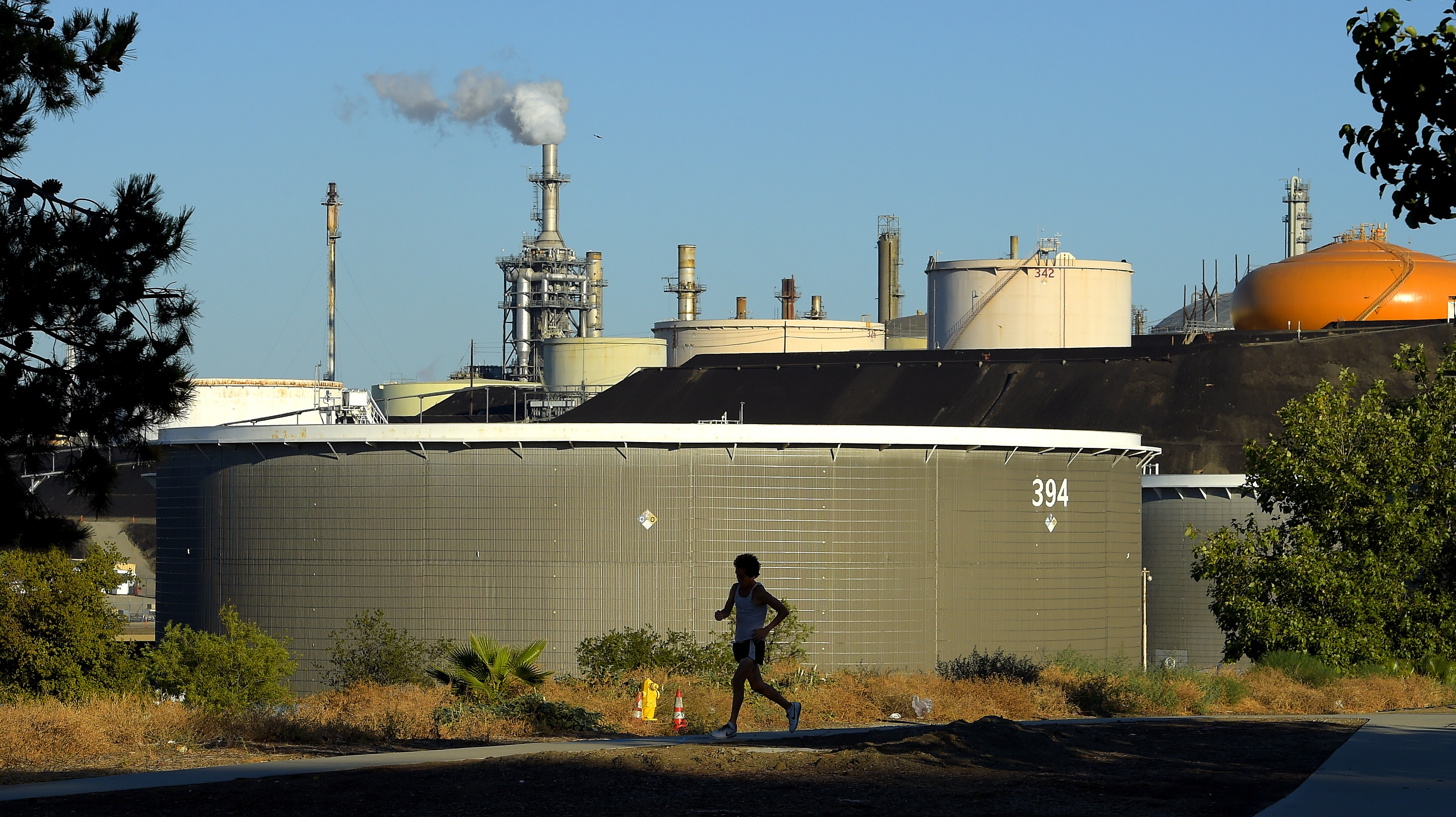(WAVY) – Ahead of any major storm, you should prepare a disaster kit with food, water, and tools. Storms and storm surge may knock out power and water for an extended period of time.
Water
You should store about one gallon of water per person per day for up to five days. For example, if you have four people in your household, you’ll need up to 20 gallons of fresh water available in sturdy bottles or containers. Fill up pitchers and glasses of water from the tap before a storm and store them in your fridge. Freeze them! You can also fill up zip-loc bags with water.
Food
You will want to plan on eating non-perishable food items up to five days. Canned meat, fruit, and vegetables will help ensure you have proper nutrition if your food spoils or is not edible due to storms. Nuts, crackers, and granola bars may be helpful to have on hand. Make sure you have a manual can opener!

Pets and Special Needs
Consider needs of infants, children, and elderly family members. Make sure you have baby formula in a sealed container, baby food, powdered milk, medications, and diapers.
If you have prescription drugs, make sure you have a proper supply of them. More information on what you should do here.
Don’t forget food, water and treats for your pets too! Make sure they are wearing a collar with your information and do not leave them if you evacuate. You can read more about preparing your pets for the storm here.
Tools and other items
Consider purchasing a rechargable battery pack for your phone or a solar panel. These can be very helpful if the power goes out. A solar panel can help recharge the battery pack after a storm. A battery-operated radio may help you receive important information in an emergency.
Use battery powered flashlights instead of candles. Make sure you have extra batteries.
Have cash on hand – credit cards and electronic payments may not work after a storm.
Other items to consider having are:
- First aid kid: bandages, gauze wrap, antibacterial ointment
- disinfectant wipes
- whistle to signal for help
- sunscreen
- insect repellent
- personal hygeine items like toilet paper, paper towels, hand sanitizer and feminine supplies
- change of clothes or dry t-shirt/underwear/socks
Put all of these items in waterproof storage containers or a backpack. Put documents in a waterproof bag or a zip-loc bag.
Work gloves, duct tape, a mask for dust, tarps, trash bags and a good pair of work shoes/boots can be very helpful after a storm. Wrenches or pliers to turn off gas/water are also a good idea.
If you have a generator or gas grill, make sure you have extra gas or propane tanks. Secure them properly. Read about generator safety here.


Learn more about hurricanes:
- HURRICANES: Explaining the Saffir-Simpson Scale
- HURRICANES: Inland Risks
- HURRICANES: How do they form?
- HURRICANES: Anatomy of these powerful storms
- HURRICANES: Explaining storm surge and coastal flooding
- HURRICANES: The Cone of Uncertainty and Storm Tracks























